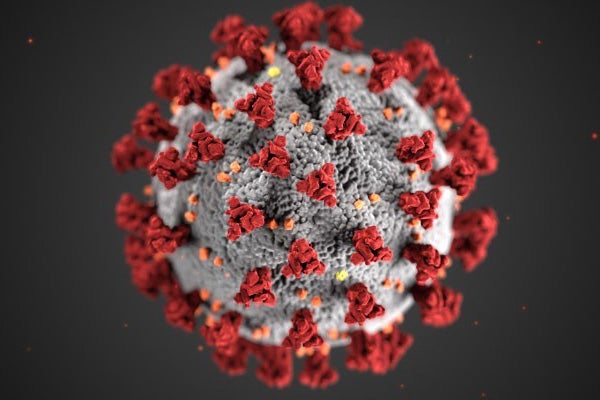Officials urge holiday caution as COVID-19 cases surge in Troup
Published 11:03 am Wednesday, December 23, 2020
|
Getting your Trinity Audio player ready...
|
Health officials and Troup County leaders are urging caution ahead of the Christmas holiday as
COVID-19 cases are surging in Troup County. On Monday, the seven-day moving average for was 30.3 new cases per day, according to the Georgia Department of Public Health. That figure has tripled since the start of the month.
The highest seven-day average in Troup was in late June, when it reached more than 50 cases per day.
The seven-day average positivity rate was 17.4 percent on Monday, up from 12.5 percent on Dec. 1. The positivity rate hovered in the single digits for most of the fall; during the summer surge, it was around 20 percent.
Deaths in Troup are at 121. For now, the county is not seeing a surge in deaths comparable to the summer, but there have been five deaths in December.
District 4 Public Health Spokesperson Hayla Folden said the virus is being spread by community spread — people are getting the virus without any known contact with a sick person. Small gatherings with people from different households have been a major driver of the spread, she said.
“We knew we would see Thanksgiving spread … we knew we’d start seeing small Christmas parties and things of that nature, people having dinner out with friends. It’s just a continuation,” Folden said.
Dr. Kenneth Horlander, a pulmonologist who works at Emory at LaGrange and in the Intensive Care Unit at Wellstar West Georgia Medical Center, was pessimistic about the coming weeks and months. He thinks people have grown tired of precautions.
“I don’t see this one [surge] stopping,” Horlander said. “I think, you go to places like Home Depot or whatever and you see nobody wearing a mask. It just makes you realize that this thing is spreading like wildfire and even worse than before.”
In his conversations with patients, Horlander has seen spread from a mixture of things — travel, churches, gatherings. Many cases can’t be explained, though.
“I know whole families who have gotten it. They were really scared for a long time and they stayed home and they did all the right things and then, now they all have it,” Horlander said.
Horlander will be celebrating Christmas only with the other people in his household. Despite the urge to see extended family, he said this was “not the time to be giving up” on safety measures, with vaccines rolling out.
“You can be asymptomatic, carry at home, give it to someone you love, and something really bad happens to them,” Horlander said. “It’s a terrible thing to live through.”
Horlander himself received his first of two doses of the Pfizer-BioNTech vaccine on Tuesday.
LaGrange Mayor Jim Thornton is also spending Christmas with just his household. He attended a larger family gathering last weekend, but said they set up tables far apart, with each family staying “in their pod.”
“There’s plenty of room for hope for the future as it relates to COVID,” Thornton said. “But we’ve just got to continue the next few months to follow all of the social distancing and safety protocols.”
Thornton said Troup was “not immune” to the upward trend in cases, evidenced by the local numbers.
The Centers for Disease Control lists a number of considerations for hosting holiday gatherings. They include:
- Factoring in COVID-19 infection rates where potential attendees live when deciding how to celebrate;
- Factoring in possible exposure that could occur during travel;
- Limiting the number of attendees as much as possible to allow everyone to remain at least 6 feet apart at all times;
- Avoiding direct contact such as handshakes and hugs with people outside your household;
- Hosting outdoor gatherings as much as possible, wearing masks outdoors when not eating or drinking;
- Avoiding holding gatherings in crowded, poorly ventilated spaces with people outside your household
- Increasing ventilation by opening windows and doors, weather permitting, or by placing central air/heating on continuous circulation;
- Requiring guests to wear masks;
- Limiting contact with shared surfaces or shared items, such as utensils;
- Discouraging singing and shouting;
- Encouraging hand-washing.
Another thing the CDC asks people to consider is the duration of the gathering. Longer gatherings pose more risk. Being within six feet of someone with COVID-19 for 15 minutes or more greatly increases the risk of becoming sick.
The behavior of attendees prior to gathering is also important — people who do not adhere to prevention behaviors pose more risk.






